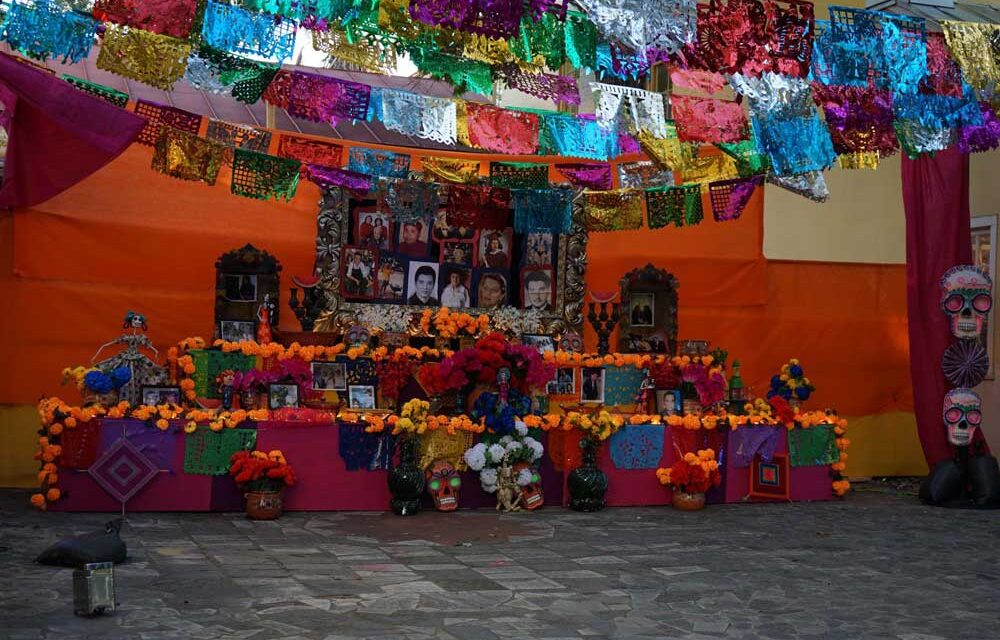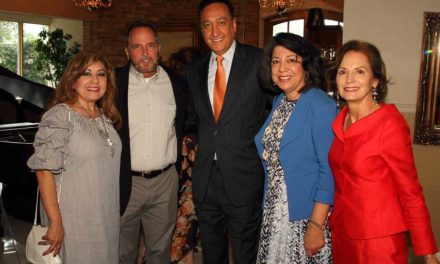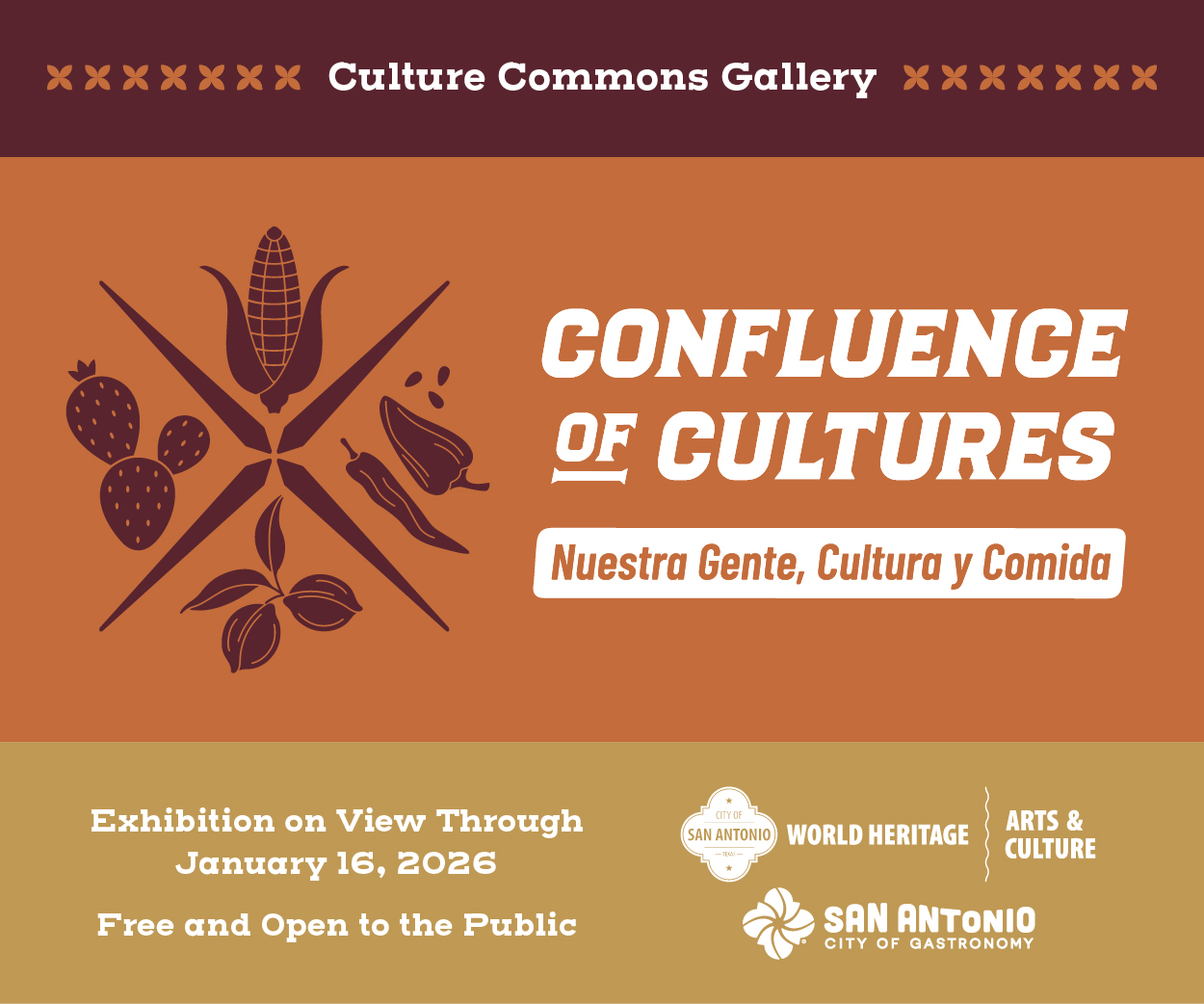Día de los Muertos (“Day of the Dead”) is coming, and its macabre observance across many Latino communities in the US is highly anticipated and welcomed. The celebration originated in Mexico hundreds of years ago and is now honored in many parts of the world. In Los Angeles, one of the major cities where the modern US marking of this tradition began, more than 100,000 will participate in ghoulish style over several special days. Nationally in the US, the Day of the Dead as a local community-sponsored celebration now claims larger numbers of participants than other US Latino holidays including Cinco de Mayo and September 16th.
Before the 1970s, the altars and cemetery celebrations of Día de los Muertos remained largely private family affairs. Families wishing to honor the departed went to the cemetery and placed flowers, food, and drinks on a loved one’s grave. That changed when an East Los Angeles Franciscan, Sister Karen Boccalero, spearheaded the introduction of the Day of the Dead celebration in Southern California. Sister Karen, as she was known to the art community, was the lead member of a team of artists who founded Self Help Graphics & Arts [Self Help] in 1973 in East Los Angeles.
Sister Karen and the dedicated trio of Latino artists who originated Self Help sponsored the first Día de los Muertos in Los Angeles in November 1973. The event drew thousands from local neighborhoods and beyond, and the community asked Self Help to sponsor the event the following year. Sister Karen, who trained at Temple University as a Master Printer and artist, wrote the initial Day of the Dead grants to the National Endowment for the Arts and the National Endowment for the Humanities. At the time, Self Help was among the first Latino nonprofit art organizations in the US to receive funding from these two prestigious organizations. With generous support from several grants, a Self Help team organized a breathtaking three-day Dia de Los Muertos celebration procession in Los Angeles that garnered national attention.
The Aztecs who founded Mexico in 1325 celebrated Día de los Muertos as did other older Indigenous people including the Olmecs, Mayans, and Toltecs. The Aztec people believed that Queen Mictecacihuatl ruled over the underworld and served as a protector of the dead. The celebration honored the Aztec goddess Mictecacihuatl who returned annually to grave sites to ensure the bones of the deceased were protected. Mictecacihuatl, also known as the “Lady of the Dead,” presided over the Indigenous celebrations which lasted a month beginning in early November.
When the Spanish arrived in Mexico in 1519, Friars began converting the native peoples to Roman Catholicism. Nonetheless, conquered natives continued their religious traditions, so the Catholic Bishops arranged for the Indigenous holiday to coincide with the Catholic celebration of All Saints and All Souls’ Day. (November 1 and 2, respectively).
In the more modern version of the Day of the Dead sacred tradition, families and friends gather to honor and celebrate loved ones who have passed away. In Latino communities across the US, the tradition includes building ofrendas [altars], preparing favorite dishes for the deceased, visiting grave sites, and sharing fond memories.
In rural Mexican communities, family members and friends celebrate Día de los Muertos with ofrendas [offerings] of special foods such as pan de muerto or atole [corn cereal]. Harriett and I visited a beautiful Día de los Muertos celebration in Oaxaca some years ago. On those celebratory days, the dead were thought to be awakened from their eternal sleep by the presence of guests and the scent of favorite foods and flowers. Music, dances, sand paintings, and candles also contributed to the awakenings.
In larger communities and cities such as Mexico City and Los Angeles, Día de los Muertos is celebrated with a procession. Several years ago a James Bond movie, Spectre, opened with an elaborate Day of the Dead procession of large paper mache figures and costumed crowds dancing through the streets of downtown Mexico City. Mexico City officials decided that the celebration of Day of the Dead was indeed a good idea. Oscar Lopez, a journalist with the New York Times, noted on October 30, 2021, “The parade has since become an important tourist attraction for the capital, with 2.6 million attending in 2019.”
Today the non-profit art and culture organization Self Help remains committed to the Día de los Muertos celebration, but other organizations in Los Angeles offer competing venues and events. John Valadez, a long-time artist in the Los Angeles Latino community, told me that 50 years ago when the Día de los Muertos started, the event was modest in attendance. However, once it evolved into a street procession the local community joined with enthusiasm. The streets were crowded with Latinos of all ages wearing costumes and masks. My friend Oscar
Castillo, an award-winning photographer who covered the Los Angeles Día de los Muertos for several newspapers, agreed that today’s celebration looks considerably different from the Día de los Muertos celebrations of the early 1970s.
In the meantime, Self Help is thriving, hosting cultural events, training the next creative generation, and printing and showing the works of established artists. In the Spring of 2024, Self Help began major renovations to their building on 1300 First Street. As Self Help celebrates its
51st year as an arts organization, the nonprofit has expanded its collaboration with museums and universities in Southern California. Over the years, the organization has offered hundreds of artists training in printmaking, painting and drawing, and cultural arts. Additionally, Self Help has created an important venue for emergent artists to present their creative works. Self Help’s talented teachers, staff, and volunteers not only have provided opportunities for individuals to develop creative talents, but they have also promoted Latino art and culture and enhanced Latino community pride and development.
Photo by Ricardo Romo.







